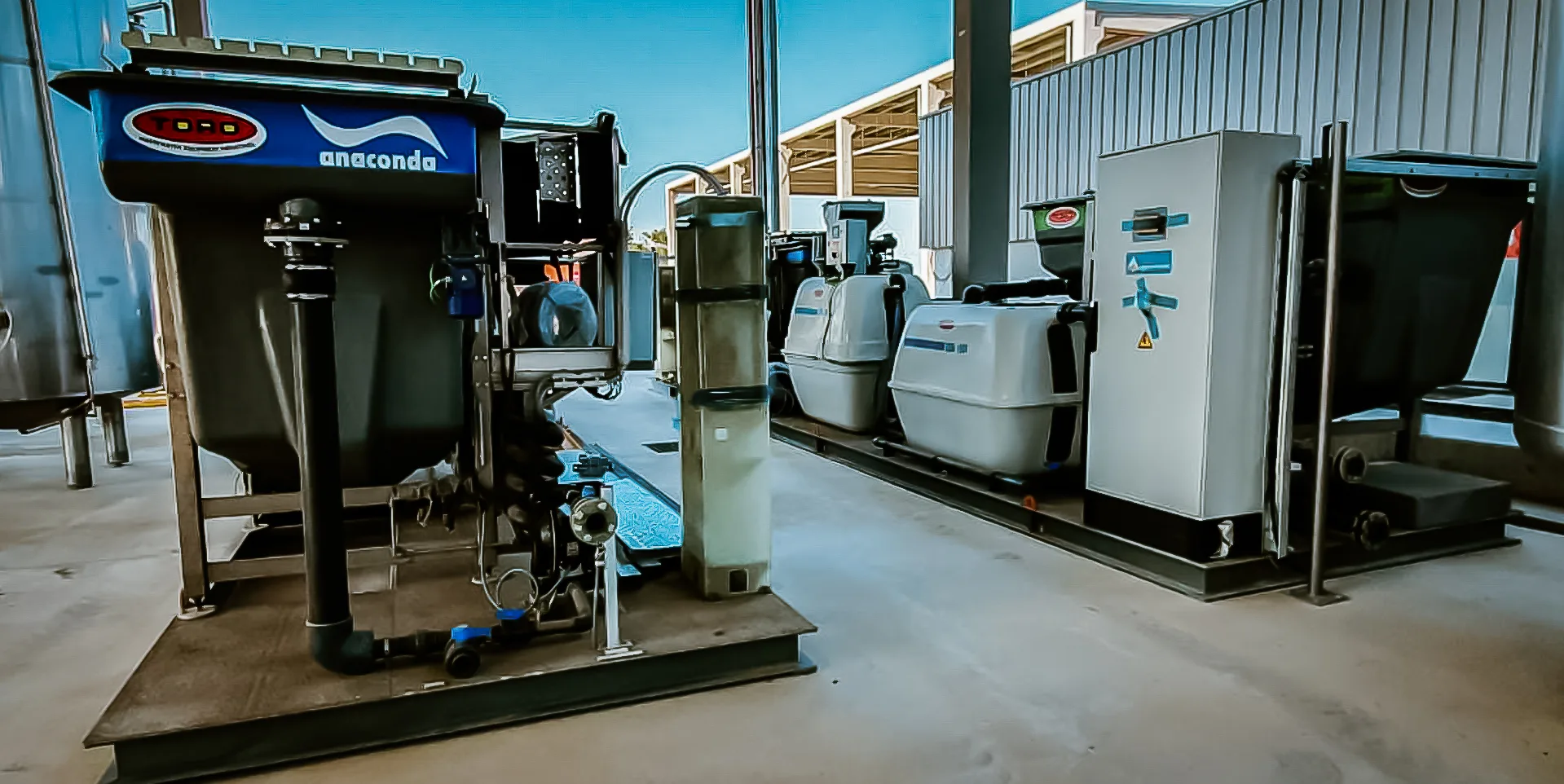

Water purification treatment. When it comes, there are several methods and technologies available to ensure clean and safe drinking water. Is the process of removing contaminants and impurities from water to make it suitable for consumption. One of the most common methods is filtration, where water passes through a physical barrier to remove particles and impurities.
Another popular method is using chemicals like chlorine or ozone to kill bacteria and other harmful organisms in the water. Reverse osmosis is a more advanced water purification treatment that uses a semi-permeable membrane to remove contaminants at a molecular level. Ultraviolet (UV) disinfection is also a commonly used method to purify water by exposing it to UV light to kill bacteria and viruses. Water purification treatment is essential to prevent waterborne diseases and ensure the health and safety of the population. It is especially important in areas where access to clean water is limited or where natural water sources are contaminated. By investing in proper water purification treatment systems, communities can improve public health and well-being.
In addition to traditional water purification treatment methods, there are also emerging technologies like nanotechnology and advanced oxidation processes that show promise in providing even more efficient and effective water purification solutions. Overall, water purification treatment plays a crucial role in maintaining a sustainable environment and ensuring access to clean and safe drinking water for all. Whether it’s for residential, commercial, or industrial use, implementing the right water purification treatment system is key to safeguarding the quality of our water sources and protecting public health.
Encompasses various methods and technologies to ensure the provision of clean and safe drinking water. This process involves the removal of contaminants and impurities from water to make it suitable for consumption. Several common methods are employed in water purification treatment:
Is crucial for preventing waterborne diseases and safeguarding the health and safety of communities. It holds particular significance in areas where access to clean water is limited or natural water sources are contaminated.
Investing in proper water purification treatment systems is an effective means to improve public health and well-being. Besides traditional methods, emerging technologies such as nanotechnology and advanced oxidation processes show promise in providing even more efficient water purification solutions.
In summary, plays a vital role in maintaining a sustainable environment and ensuring access to clean and safe drinking water for everyone. Implementing the right water purification treatment system, whether for residential, commercial, or industrial use, is key to safeguarding water quality and protecting public health.